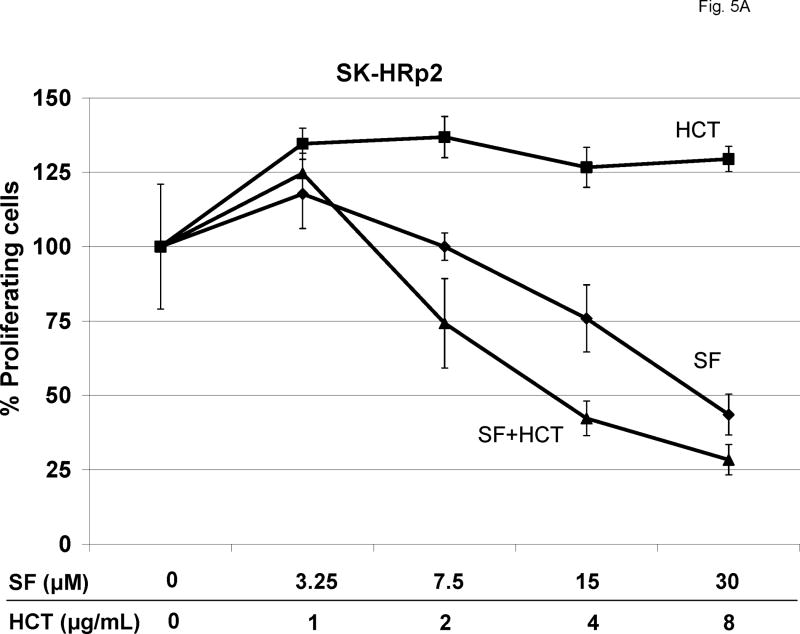Figure 5. Combination SF1126 and trastuzumab synergistically inhibit proliferation of trastuzumab-resistant cells.
(A) SK-HRp2 and (B) BT-HRp3 cells were treated with 0, 3.25, 7.5, 15, or 30 μM SF1126 (SF); 0, 1, 2, 4, or 8 μg/mL trastuzumab (HCT); or combination SF + HCT. After 6 d, MTS colorimetric assays were performed to measure cell proliferation. Values are expressed as a percentage of untreated cells per line. Error bars represent standard deviation between six replicates. The combination of trastuzumab with SF1126 inhibited proliferation of SK-HRp2 and BT-HRp3 more than SF1126 alone. (Results of statistical analysis are shown in Table I.) (C) SK-HRp2, SK-HRc3, BT-HRp2, and BT-HRp3 were plated in soft agar assays and untreated (U) or treated with trastuzumab (H) at 4 μg/mL, SF1126 (S) at 15 μM, or the combination of drugs (H+S) at these doses. After two weeks of maintaining cells on drugs, colonies were stained with crystal violet and counted under a microscope in four random non-overlapping fields. The average number of colonies was calculated and is shown as a percentage of the average number of colonies in the untreated group per line. Error bars represent standard deviation of colony numbers between selected fields. SF1126 alone reduced colony growth by 50% to 90%, and combination with trastuzumab achieved stronger growth inhibition than SF1126 alone.



